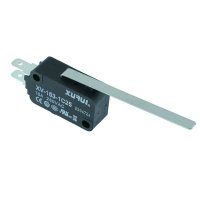Right ladies and gents......can anyone with electrical knowledge help me? My best mate turns 60 this coming March. I want to make him something a bit different to mark a long standing friendship and working relationship. He loves messing about making music on his computer so I thought I'd make him a headphone stand.....but with a little difference. I want to put a red led on it to give it an "on air" feel. I'd like it to be switchable with maybe an old fashioned toggle switch.......and possibly illuminate the base too. It'll serve no purpose.....it's just for fun and to add a little ambience to his home studio. I'm not brilliant with these things so if anyone could give me some guidance as to how to go about this and what components I'd need, that would be absolutely brilliant.
Thanks guys.......any help would be appreciated!
Dave
Thanks guys.......any help would be appreciated!
Dave




